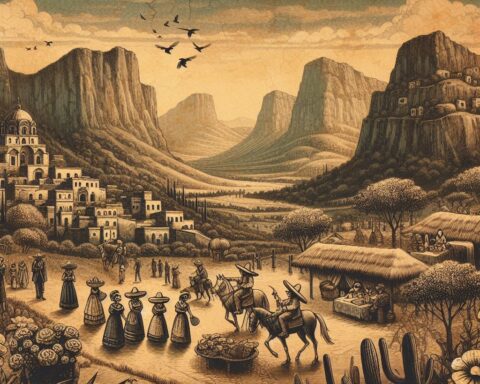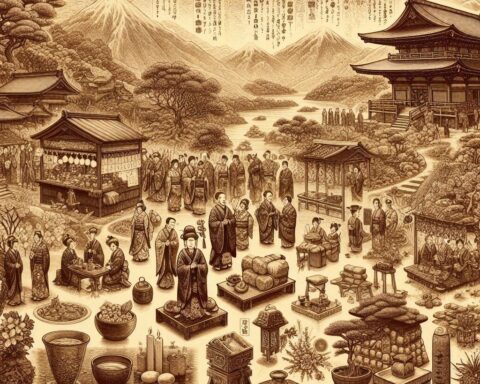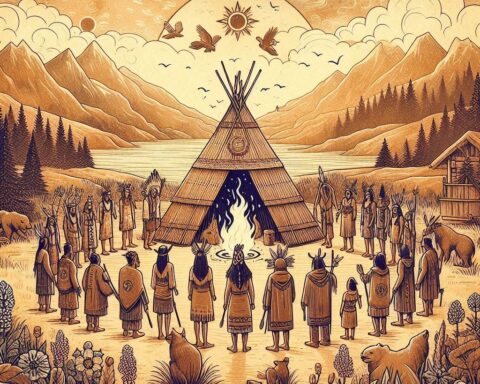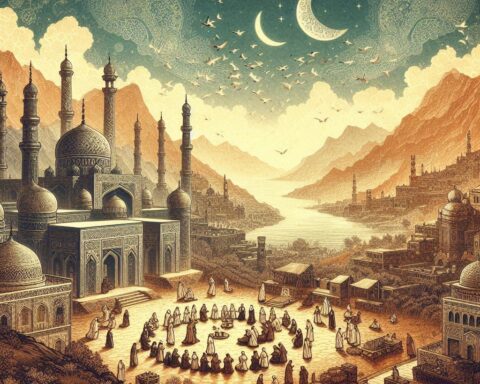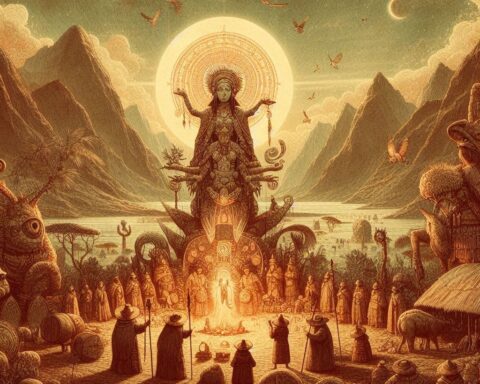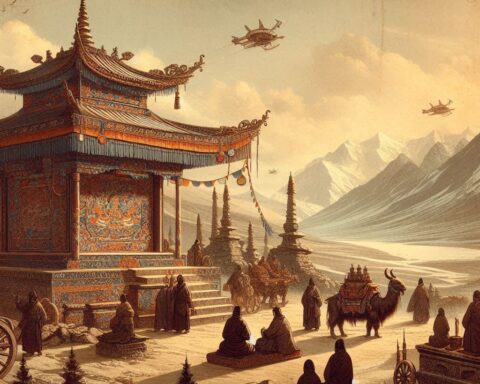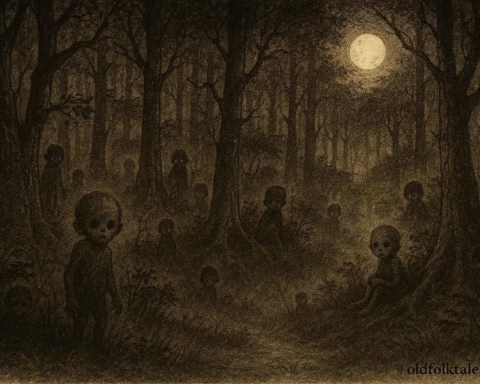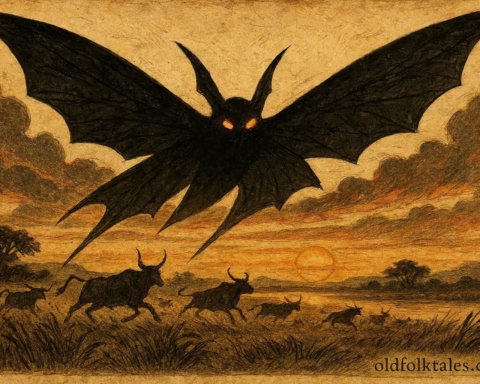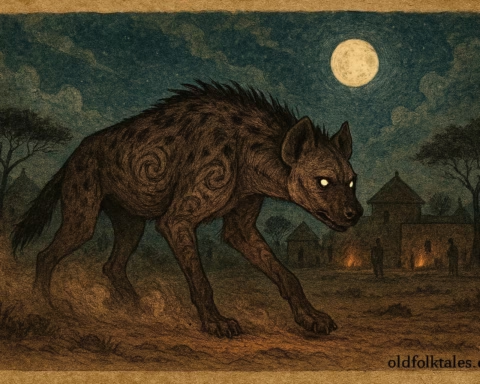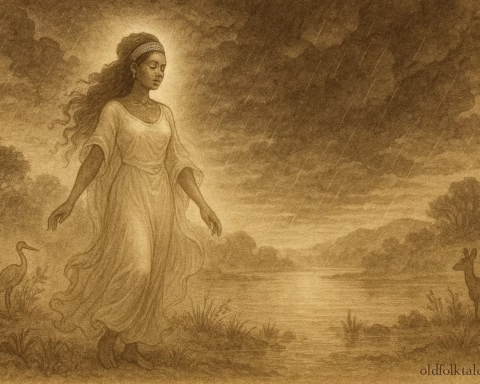From the golden courtyards of Rajasthan to the serene temples of Kerala, the Hindu wedding, vivaha, is more than a legal union; it is a sacred tapestry woven from threads of tradition, family, and faith. These ceremonies, vibrant with music, flowers, and the scent of incense, are living echoes of an ancient civilization that has carried its rituals through centuries.
Each step of the wedding is deliberate, rooted in Vedic scripture, wrapped in symbolism, and designed to bind two souls in both the earthly and spiritual realms. And while the core remains the same across India and the Hindu diaspora, every community adds its own colors, foods, and melodies to the canvas.
Here are eight essential Hindu wedding traditions, their origins, and the etiquette that makes them more than mere formality.
1. Ganesh Puja: Clearing the Path
The wedding begins with invoking Lord Ganesha, remover of obstacles. A small idol or image is placed at the mandap (wedding altar), and the priest chants Sanskrit mantras while offering flowers, sweets, and incense. The belief is simple yet profound, no venture begun without seeking divine guidance can flourish.
Etiquette: Guests maintain silence and reverence during the puja, as breaking concentration is believed to diminish its blessings.
2. Kanyadaan: The Sacred Giving
One of the most emotionally charged moments comes when the bride’s father (or guardian) places her hand into the groom’s. In the Rig Veda, this act is described as entrusting a precious gift to another soul. It is not a transaction but a pledge of care. Historically, the ritual represented the merging of two families and lineages.
Etiquette: This is a solemn moment; flashes from cameras and casual conversation are discouraged.
3. Jai Mala: The Garland Exchange
The bride and groom exchange floral garlands, often made of marigolds, roses, or jasmine. In ancient swayamvara ceremonies, this was how a bride declared her choice of husband in public. Today, it represents mutual acceptance and the first playful moment of the wedding, often accompanied by guests teasing the couple by lifting them to avoid the garland.
Etiquette: Cheering is welcome, but crowding the stage should be avoided to give the couple space.
4. Havan: Fire as Witness
A sacred fire is lit in the center of the mandap. Offerings of clarified butter (ghee), grains, and herbs are made while mantras are chanted. In Hindu belief, fire (Agni) is a purifier and a messenger that carries vows to the gods. The crackling flames symbolize energy, transformation, and the divine witness to the union.
Etiquette: Shoes must be removed before approaching, and no one should pass directly between the couple and the fire.
5. Mangal Pheras: Circling the Fire
The couple walks around the sacred fire, holding hands or the ends of a scarf tied between them. In North India, they take four rounds, each representing duty, prosperity, love, and liberation. In South India, it is often seven rounds, each aligned with a specific vow.
Etiquette: Guests remain seated or stand back to give the couple an unobstructed path, and they do not cross the mandap during the pheras.
6. Sindoor and Mangalsutra: Symbols of Union
In a gesture rich with symbolism, the groom applies sindoor (vermilion) to the bride’s hair parting, marking her as married. He also ties the mangalsutra, a gold-and-black beaded necklace, around her neck, a protective charm and emblem of marital commitment. These signs are visible affirmations of vows, worn daily.
Etiquette: Traditionally, only married women are invited close during this moment, offering blessings and guidance to the bride.
7. Saptapadi: The Seven Steps
Perhaps the most significant ritual, the couple takes seven steps together, each accompanied by a vow for nourishment, strength, prosperity, family, health, harmony, and lifelong friendship. In many Hindu communities, completing the Saptapadi is the legal seal of marriage.
Etiquette: The steps are taken slowly, in silence, so each vow can be heard and absorbed by those present.
8. Ashirwad: Blessings from Elders
The newlyweds bow to touch the feet of parents, grandparents, and respected elders. This act is more than politeness, it is a request for spiritual strength, wisdom, and good fortune.
Etiquette: Younger guests wait their turn, and blessings are received with folded hands and humility.
Origins of Hindu Wedding Traditions
The Hindu wedding is one of the oldest continuously practiced marriage ceremonies in the world, with its roots in the Vedic period (1500–500 BCE). Marriage, or vivaha, was seen not merely as a personal choice but as a duty (dharma), essential for sustaining family lineage and fulfilling spiritual obligations. The rituals are described in ancient Sanskrit texts such as the Grihya Sutras and Dharmashastras, which detail the mantras, offerings, and symbolic acts still practiced today.
Over centuries, regional cultures shaped the ceremonies. In Maharashtra, sugar and cumin seeds are exchanged; in Tamil Nadu, the groom ties a thali instead of a mangalsutra; in Bengal, the bride is carried in on a wooden stool. Yet across India and the diaspora, the symbolic themes, purity, duty, unity, and divine blessing, remain constant.
Knowledge Check
Q1: Why is Ganesh Puja performed before a Hindu wedding?
A1: To seek Lord Ganesha’s blessings for removing obstacles and ensuring an auspicious start.
Q2: What does Kanyadaan symbolize?
A2: The entrusting of the bride’s care and happiness to the groom, as described in the Vedas.
Q3: What is the purpose of the Jai Mala exchange?
A3: To symbolize mutual acceptance and the public union of the couple.
Q4: Why is fire central to Hindu marriage ceremonies?
A4: It acts as a divine witness, carrying vows to the gods and purifying the union.
Q5: What do the seven steps in Saptapadi represent?
A5: Seven vows for nourishment, strength, prosperity, family, health, harmony, and friendship.
Q6: What is the role of the mangalsutra?
A6: It signifies marital commitment and is believed to protect the bride from negativity.

